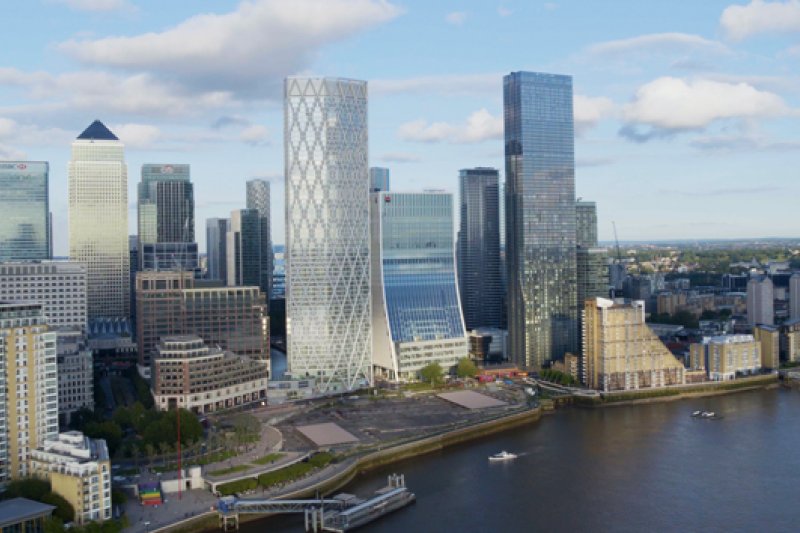Aging and Emigration Posing High Risk
Albania's demographic transition, with high levels of emigration in young ages and rapid population aging, is a high-risk factor for Albania's economic sustainability, the EBRD assesses in its draft cooperation strategy 2025-2030.
Of the four risks that threaten the economic security of our country, such as insufficient institutional capacities, demographic developments, climate impact, and external developments, two of these, demographic factors and uncertainty in foreign markets were assessed as very high-impact risks.
The latest results of the 2023 Census showed that the country's population shrank by about 14.8% between 2011 and 2023, while the average age during this period increased by 7.5 years.
Unlike other European countries, the demographic transition in Albania has been taking place for more than three decades, with more people leaving the country than coming in. The emigration of young people has created a gap in the country's workforce and is becoming an obstacle to the development of some sectors such as agriculture and tourism.
Although the country's economy has grown more than the average over the past decade after the COVID-19 pandemic, a large part of the population, even with above-average incomes, still wants to leave.
A “Monitor” survey among 1044 people (857 living in the country and 187 abroad) conducted in September 2024 through the ECR (Engaged Citizens Reporting) platform with random sampling and not constituting scientific findings, highlighted a new trend of emigration of educated people.
Over 94% of the participants had higher education and almost half had a PhD degree. Of the respondents living in Albania, 40% had prepared plans and infrastructure to leave within the next two years. 33% of those who claimed to have considered leaving belong to the 40-49 age group.
Unlike the general population, which sees economic status and employment as the main reasons for emigration, the middle class and professionals cite the lack of hope that things can improve and also consider the lack of quality in health and education services as important. These are all the reasons that are driving the middle class away.
In the new draft cooperation strategy with Albania, the EBRD lists several areas and aspects of the Albanian economy that need to be improved to ensure the country's sustainable economic growth.
Thus, Albania needs to improve the resilience of its energy production to climate change. Hydropower plants are the main source of energy production, making the sector vulnerable to rainfall. Labor productivity needs to increase further, as currently GDP per employee in Albania is half of EU levels.
The EBRD estimates that Albania has lagged behind countries in the Region in terms of innovation results. The shift to tourism contributes to higher diversification of the economy, but this shift is also characterized by low sophistication. Also financial intermediation remains low, hindering access to finance.
The EBRD estimates that youth unemployment is still much higher than unemployment in the rest of the working-age population. Also, the gender gap in labor force participation remains unchanged, while the management and administration of state-owned enterprises need improvements, including better transparency and accountability.
Infrastructure deficiencies coupled with a lack of financial capacity are barriers to narrowing the productivity gap in the EU, the EBRD estimates. Digital infrastructure is underdeveloped, especially in rural areas, and logistics performance has declined compared to the EU and the Region, notes the EBRD.













